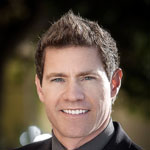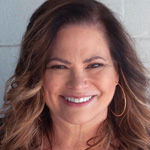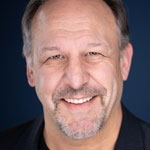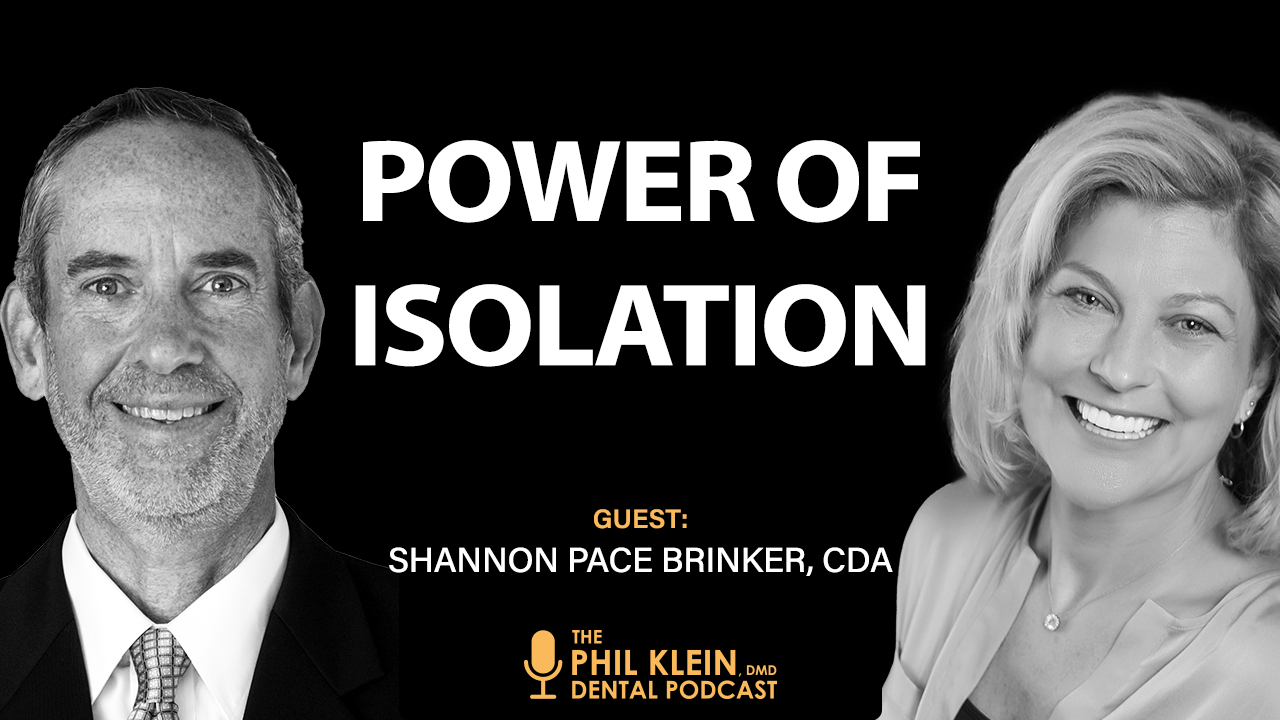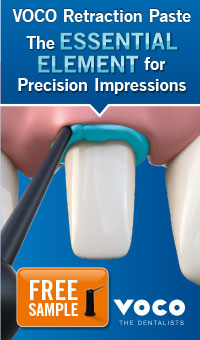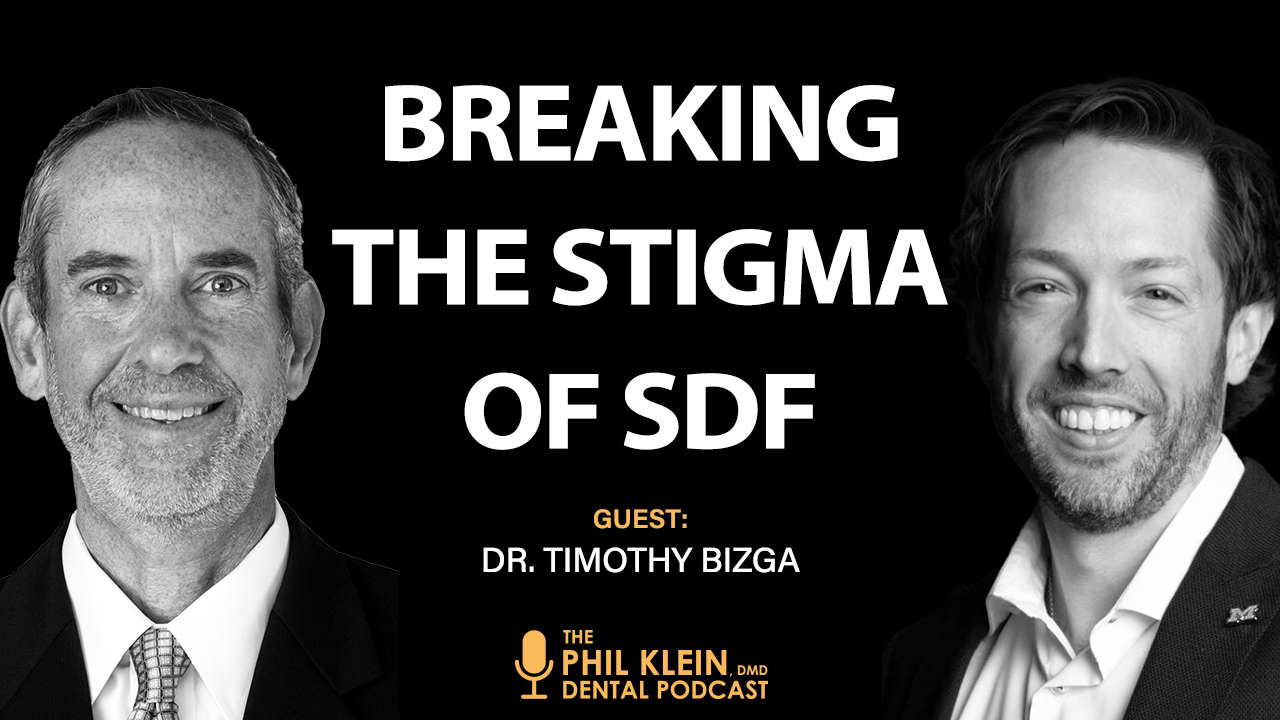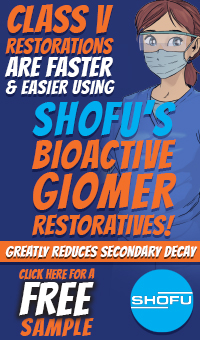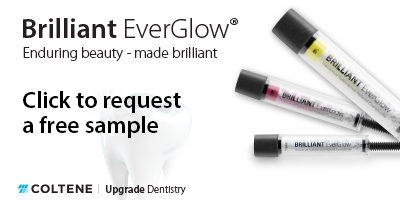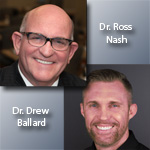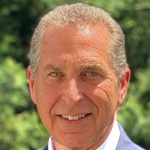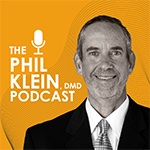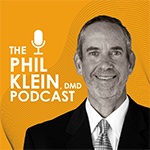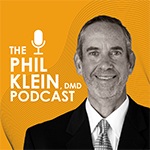Air Polishing vs. Aqueous Powder Streaming
| Presenter: Melissa Obrotka, RDH, BBA, ICP | Release Date: 1/18/19 |
| Credits: 1 CEU | Reviewed: 2025 Expiration Date: 1/18/28 |
| AGD Subject Code: 490 | |
| CE Supporter: Kulzer | |

|
In the dental hygiene community, there is much buzz over air polishing since the U.S. market introduced the subgingival powders, glycine, and erythritol. How do we as a profession differentiate between what these powders can do that sodium bicarbonate and other more abrasive powders cannot? In the past, air polishing has been used mostly for stain removal as the first-generation of air-abrasive powders are not safe to apply subgingivally. Additionally, the application process generates a difficult to manage a poorly focused stream of air, water, and powder that the first-generation equipment produces, as well as patient discomfort, and the limitations of use, cause many air polishing devices to sit in the corners of operatories collecting dust. Aqueous powder streaming utilizes newer generation devices that produce a better stream of air, water, and powder that can be used subgingivally to practice biofilm decontamination. |
Already watched the video? Login here




